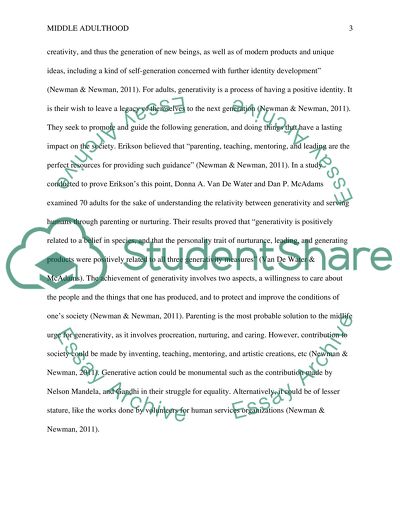Cite this document
(“The Psychology Challenge of Middle Adulthood Essay”, n.d.)
Retrieved de https://studentshare.org/psychology/1454809-u09d1
Retrieved de https://studentshare.org/psychology/1454809-u09d1
(The Psychology Challenge of Middle Adulthood Essay)
https://studentshare.org/psychology/1454809-u09d1.
https://studentshare.org/psychology/1454809-u09d1.
“The Psychology Challenge of Middle Adulthood Essay”, n.d. https://studentshare.org/psychology/1454809-u09d1.


